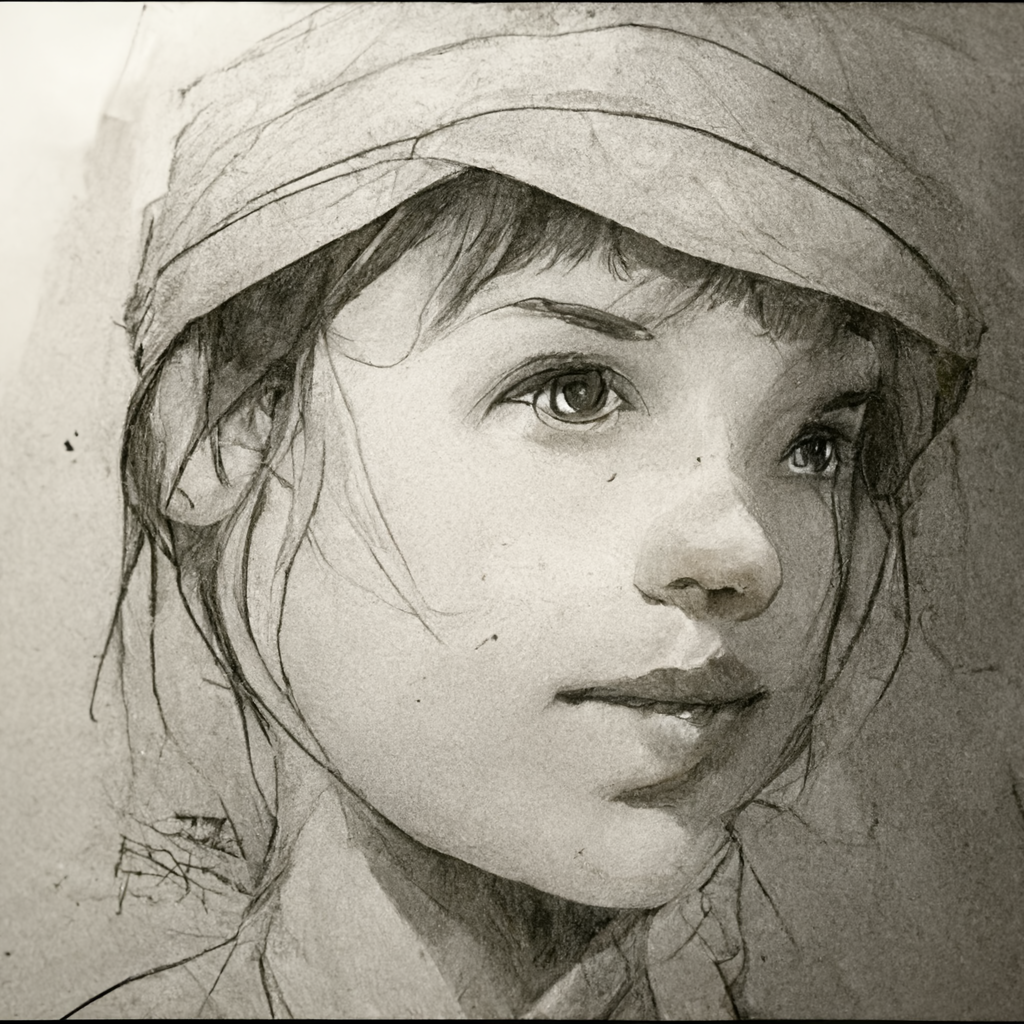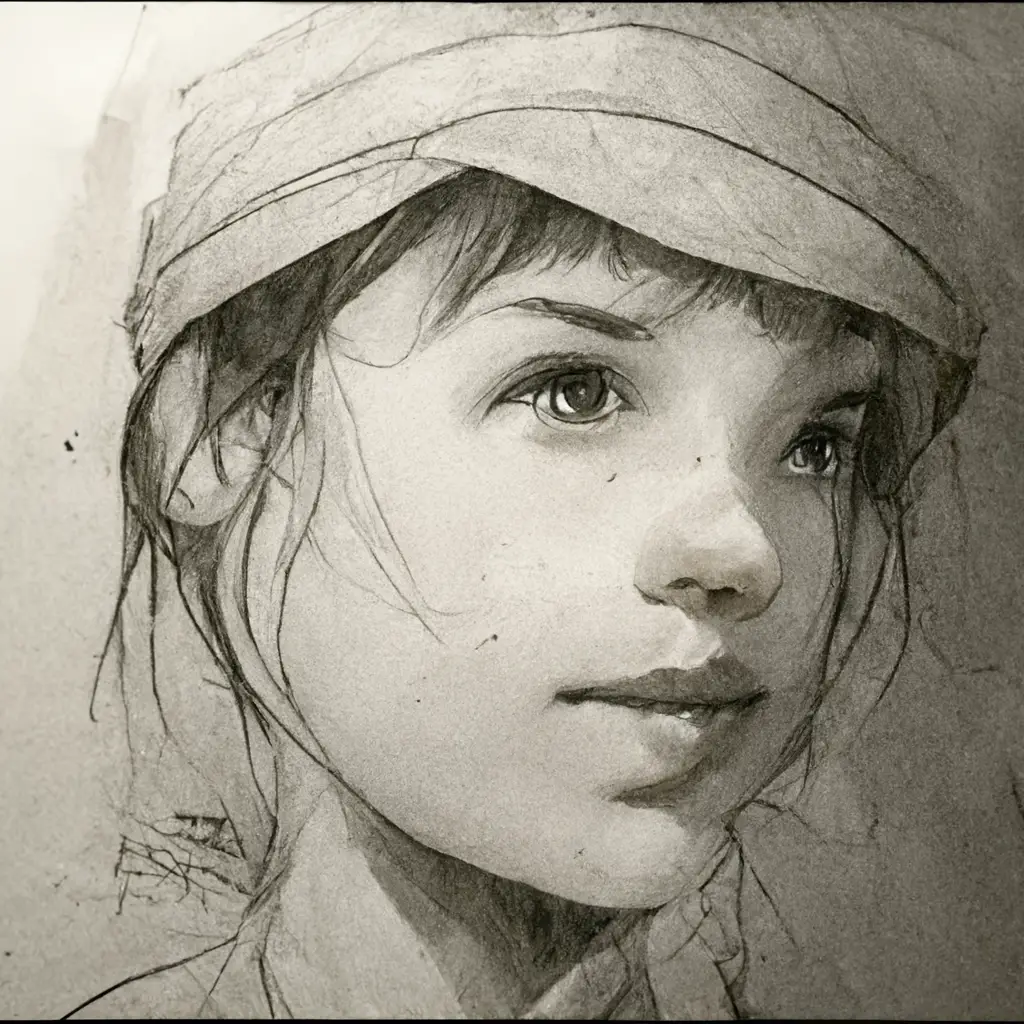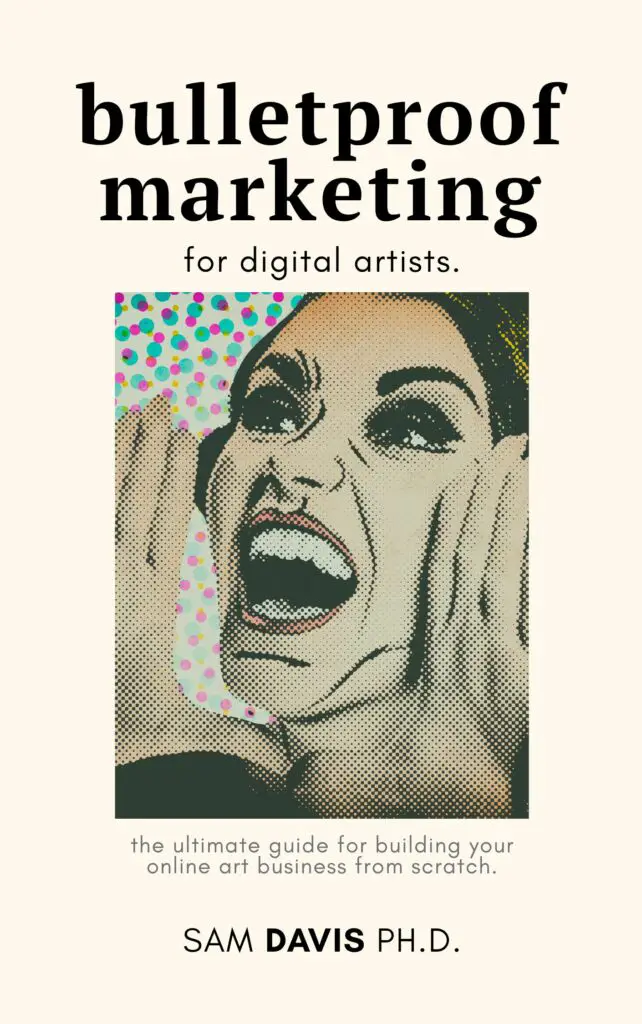Have you ever struggled to develop a straight line? Maybe you've tried using a ruler or a straight edge, but they never seem to turn out quite right. If that's the case, then you should try using ghosting! Ghosting is a great way to develop precise and accurate lines without any hassle. In this blog post, we will teach you how to use them and show you some examples of their results. So what are you waiting for? Start learning about ghosting and other straight line drawing exercises today!

The Ghost: A Line Drawing Exercise For Anyone
If you're not familiar with the term, “ghosting a line” simply means to draw a faint line as a guide for your drawing. This is especially helpful when you're first starting out, or if you're unsure of how to place your subject matter within the frame. Ghosting a line is easy to do, and only requires a few supplies.
First, you'll need paper and a pencil. Then, you'll want to envision the line in your mind. Use a pencil to draw the shape in the air, without actually putting pen to paper. After you've done that a few times, you can close the distance and actually lightly place the line on the paper.
Remember to keep your pencil light – you can always darken your lines later on. With a little practice, ghosting a line will become second nature – and your drawings will benefit as a result! It will give you 3-4 times of trying a line before you place it on paper, which should improve your control.
Cross Hatching Line Drawing Exercises For Muscle Memory and Line Control
Cross hatching is a drawing technique that involves using criss-crossing lines to create shading and volume. This approach can be used with any medium, from pencil to paint, and it's a great way to add depth and interest to your drawings. Cross hatching is a favorite among line drawing exercises because it can be done as pen or pencil line drawing. While cross hatching may seem simple, it actually takes quite a bit of practice to master. However, the more you do it, the better you'll get at creating clean, consistent lines.
In addition, cross hatching is a great way to build muscle memory and control. By repeatedly making these small, precise movements, you'll train your hand to move in a certain way, making it easier to produce the results you want. So don't be discouraged if your first attempts aren't perfect. With a little practice, you'll be cross hatching like a pro in no time!
Draw Basic Shapes and Parallel Lines As Line Drawing Exercises
One of the best ways to improve your drawing skills is to practice drawing basic shapes and parallel lines. Start by drawing a simple square. Then, try drawing a rectangle. Once you have the hang of these basic shapes, you can start practicing drawing Parallel lines. Begin by drawing two lines that are the same width apart from each other.
Then, try moving one of the lines up or down so that it is not parallel to the other line. Finally, experiment with different widths between the two lines. By practicing these basic skills, you will quickly see an improvement in your overall drawing ability.
One of my favorite drawing sites is all about drawing boxes. That's it. It's a thousand different drawing exercises for boxes, and it's meant to keep you working on the basics in an entertaining way.
Other Tips For Drawing Straight Lines / Line Drawing Exercises
In addition to using a ruler, there are a few other tips you can use to draw straight lines. For instance, you can try drawing along the edge of a piece of paper. Another option is to use a pencil with a built-in eraser as a guide. Simply place the eraser end on the paper and draw along the length of the pencil.
Just remember, if you're using tools, you won't get better freehand. So if you have a steady hand, you can try drawing freehand. Start by lightly drawing a line with your pencil. Then, go over the line with a thicker marker or pen. Finally, erase any stray pencil marks. With a little practice, you'll be able to draw perfectly straight lines without any rulers or other tools!
Places To Learn Basic Drawing Exercises
YouTube is a great place to learn about drawing basics. A quick search will reveal a wealth of videos on the subject. In addition, there are plenty of books available that can teach you the basics of drawing. However, if you want to get started right away, I recommend checking out some online tutorials.
One of my favorite places to learn about drawing is through Skillshare. They have a great selection of drawing lessons, and they're made for either digital or old school art. While it is a paid service, Skillshare is affordable and has great customer service.
If you're a poor, starving artist, then I recommend using YouTube alongside DrawABox, which is a free website to help with basic drawing skills.
When To Practice Drawing Lines
Many people think that drawing is something that you only do for fun, but the truth is that drawing can be a useful skill in all kinds of situations. For example, if you're ever in a meeting and you need to take notes, drawing pictures of the key points can help you remember them better than just writing down words.
Straight line drawing exercises are best done in all situations. So practice drawing lines everywhere: at work, at school, at home, and in between. Making a daily habit of line drawing exercises is the best way for you to draw a straight line AND improve as an artist. After a few weeks, you'll be able to create continuous lines and create amazing drawings, too!
Plus, drawing lines is a lifelong skill. If you're on the bus and you see something interesting out the window, sketching it can help you capture the scene before it's gone. And if you're having trouble falling asleep at night, sometimes drawing calm, relaxing images can help your mind wind down so you can drift off to sleep. So next time you find yourself with a pencil and a piece of paper, don't be afraid to start drawing – you might be surprised at how useful it can be.

